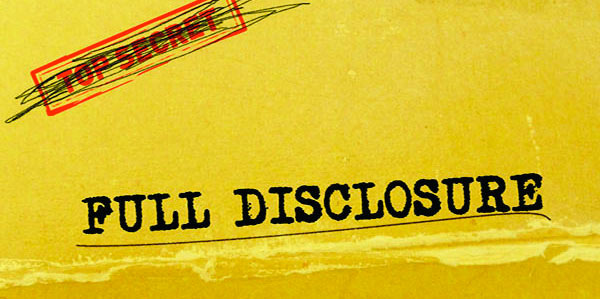Disclosure or Definition?
I’m up early in Chicago this morning to write today’s post. Yesterday was setup day in Chicago and it was a long one. The AVM amplifiers that we’re using in the Madison ballroom were a last minute replacement for some Danish amps and were shipped with the European AC connectors. A trip to the local Home Depot secured the part and some quick work got the amplifiers up and running by late afternoon. There was frustration at the sound initially because for some inexplicable reason the HDMI connection between the Oppo BDP-95 and the Bryston SP-3 was locked in 2.0 channels and then tried to create 5.1 by DSP. I got this working finally after a hard restart and some experimentation. It’s going to be an interesting day showing off our software in a glorious 5.1 system.
I have an update on a few phone calls that have happened on with some of the groups that I’m involved with regarding the definition of high-resolution audio. It’s become obvious to me that such a definition is going to be impossible. AND perhaps, just perhaps it’s not actually necessary. Oh a call the other day with the CEA audio board, Ray Kimber of Kimber Cable suggested that it would be sufficient for consumers to have the “provenance” information associated with a particular albums or track rather than trying to place a track in a defined category. Why struggle with creating a “container” for high-resolution audio when there are so many variables? If the complete production path of the music being is provided by the website offering the selection, then we should be able to determine what the potential fidelity of that track is?
And according to a member of another organization that is working with the labels, this is the kind of thinking that is beginning to be part of the discussion within that group. I don’t think I can take credit for this shift in direction although this is exactly what I have been advocating for the last decade. I was the first to use the term “audio provenance” and actually worked up a system of SPARS (AAD, DDD, ADD) icons to help identify the production path of a production. It seems the labels are interested in supplying the appropriate metadata to their licensees.
The problem is that the task of securing all of this information and getting it right will be very challenging. If they haven’t been interested or able to do this over the past 5 years or so, what makes us think that they’re going to do it now? The new awareness of high-resolution audio is probably the reason. I think they realize that if they don’t provide accurate information that they risk killing the whole business. We’ll have to wait and see.
I have another phone call next week with the NARAS working group on the same topic. Stay tuned.


It was YOU who came up with AAA, AAD, ADD, DDD? Wow! There must be a story in there worth a post.
I fully agree that disclosure is the way to go, instead of definitions. Disclosure needs to include the *minimum* resolution in the production path. Analog needs to be assigned a nominal resolution value — perhaps a sliding scale with age.
No…the DDD, AAD stuff was agreed upon by the SPARS organization (Society of Professional Recording Studios. I was the first one to use the term “provenance” in association with audio tracks and I did propose a new set of designators and icons for the provenance of a recording.